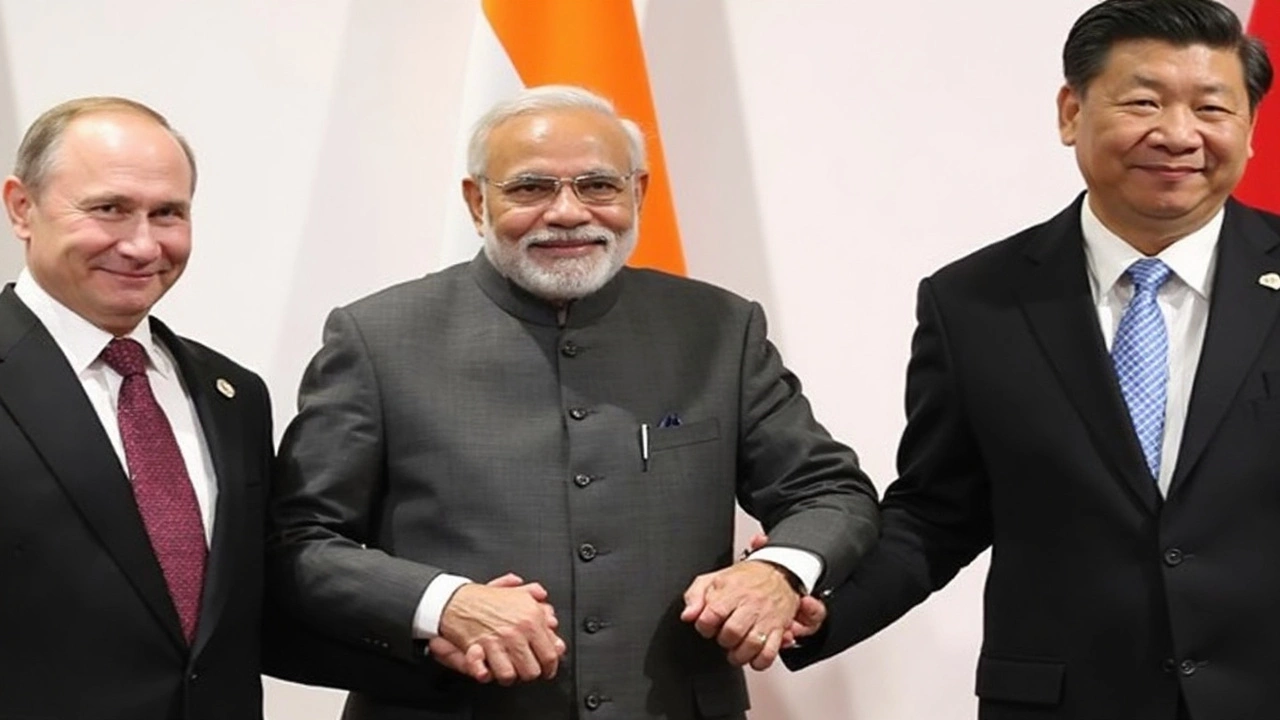Secondary Sanctions: A Simple Guide to Understand and Navigate Them
Ever heard of secondary sanctions and wondered why they keep popping up in the news? You’re not alone. In plain terms, secondary sanctions are penalties that a country – most often the United States – applies to anyone outside its borders who does business with a sanctioned target. It’s like getting a warning that if you help a restricted party, you could face trouble too.
Imagine a friend of yours is banned from a club. The club then tells everyone else, "If you hang out with that friend, you can’t enter either." That’s the basic idea behind secondary sanctions. They extend the reach of primary sanctions (the ones that directly target a country, entity, or individual) to third‑party actors around the world.
Why Governments Use Secondary Sanctions
Governments use them to increase pressure on a target without direct confrontation. If a country can’t easily block every transaction with a rogue nation, it can instead threaten anyone who might trade with that nation. This makes the target’s isolation more powerful because companies think twice before risking penalties themselves.
The U.S. has used secondary sanctions a lot lately – against Iran’s oil sector, Russia’s energy companies, and even certain Chinese tech firms. The goal is usually to curb financing for activities that the sanctioning country deems dangerous, like nuclear proliferation or aggression.
How Secondary Sanctions Affect Your Business
If you run a small export firm, a multinational bank, or even a freelancer selling services online, secondary sanctions can matter. You might face frozen assets, denial of access to U.S. financial markets, or hefty fines. The good news is that compliance doesn’t have to be a nightmare.
Start with a solid screening process. Use reputable watch‑lists to check customers and partners against sanctioned names. Keep records of your checks – regulators love documentation. Stay updated; sanction lists change frequently, and a name that’s clear today could be added tomorrow.
Another tip: talk to your bank early. Banks often have their own compliance teams that can flag risky transactions before they happen. If a deal looks shaky, it’s better to walk away than risk a secondary sanction that could shut down your whole operation.
Many companies also build a “risk matrix” to weigh the benefits of a trade against possible sanction exposure. If the profit margin isn’t huge, the extra risk usually isn’t worth it.
Finally, don’t ignore the news. When a new sanction regime is announced, there’s usually a short window for guidance from agencies like the U.S. Treasury’s Office of Foreign Assets Control (OFAC). Signing up for alerts can save you from costly mistakes.
Bottom line: secondary sanctions are a powerful tool that reaches far beyond the original target. They can impact anyone who does business internationally, but with smart screening, clear policies, and a bit of vigilance, you can keep your operations safe and focus on growth.
Got more questions about how secondary sanctions might hit your industry? Drop a comment or reach out, and we’ll break it down in plain language.
NATO Chief Warns BRICS Nations of Harsh Sanctions Over Continued Russia Trade
NATO Secretary General Mark Rutte has threatened India, China, and Brazil with 100% secondary sanctions if they keep trading with Russia, especially in energy. This warning comes as part of a global push to isolate Russia economically and force peace negotiations on Ukraine. The US is backing these efforts with bipartisan support for severe tariffs and penalties.





